Troy: Fall of a City
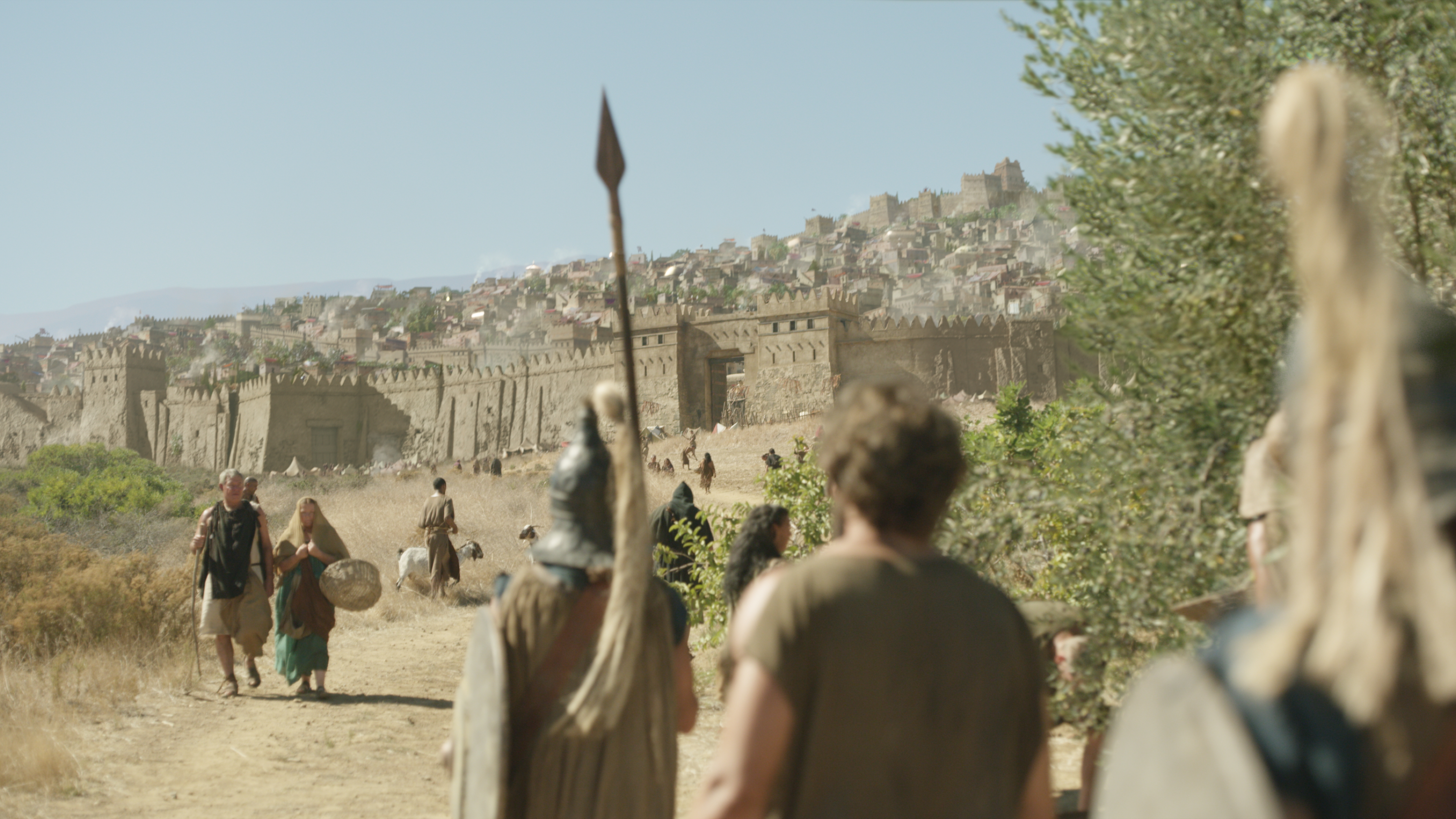
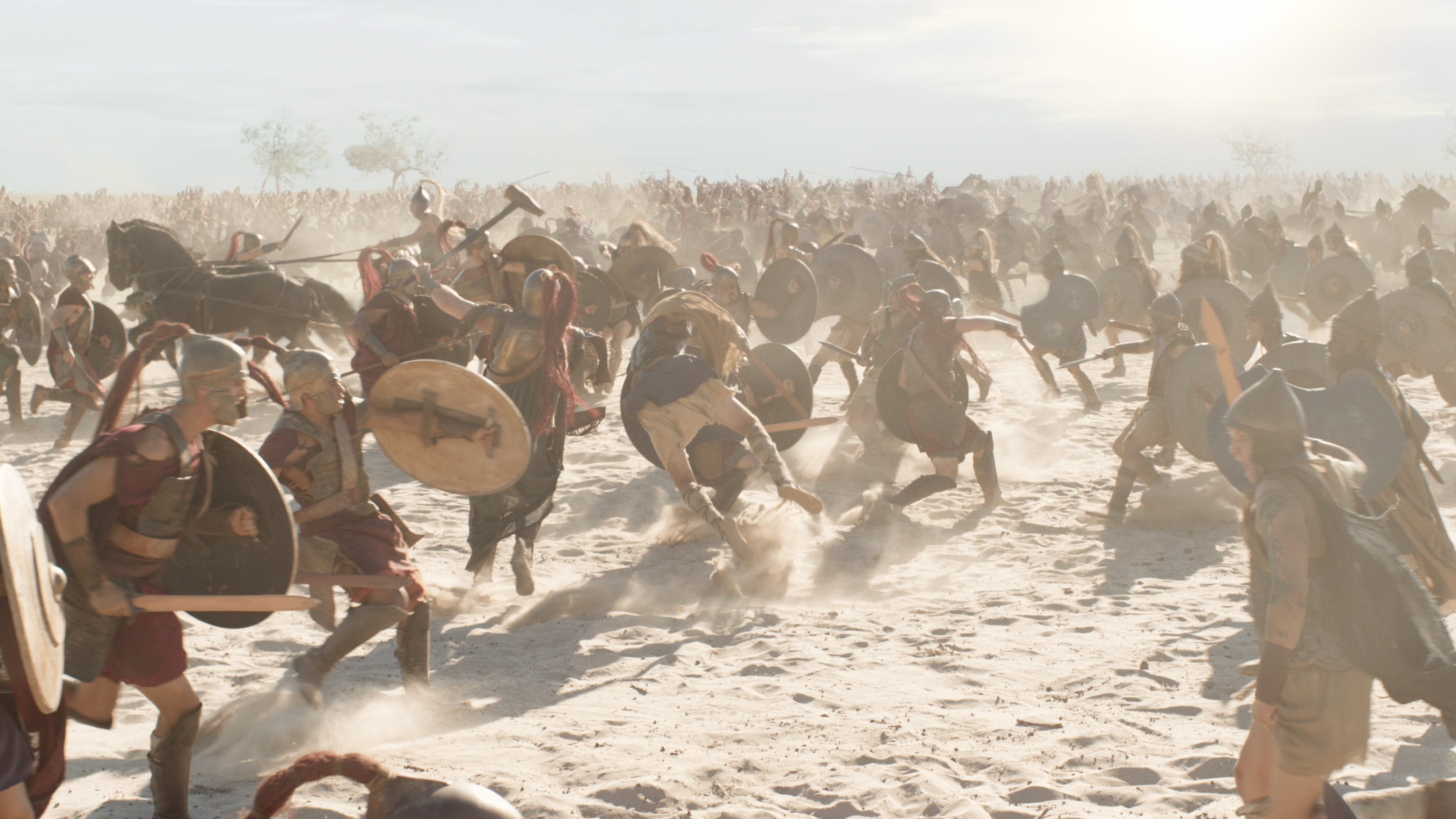
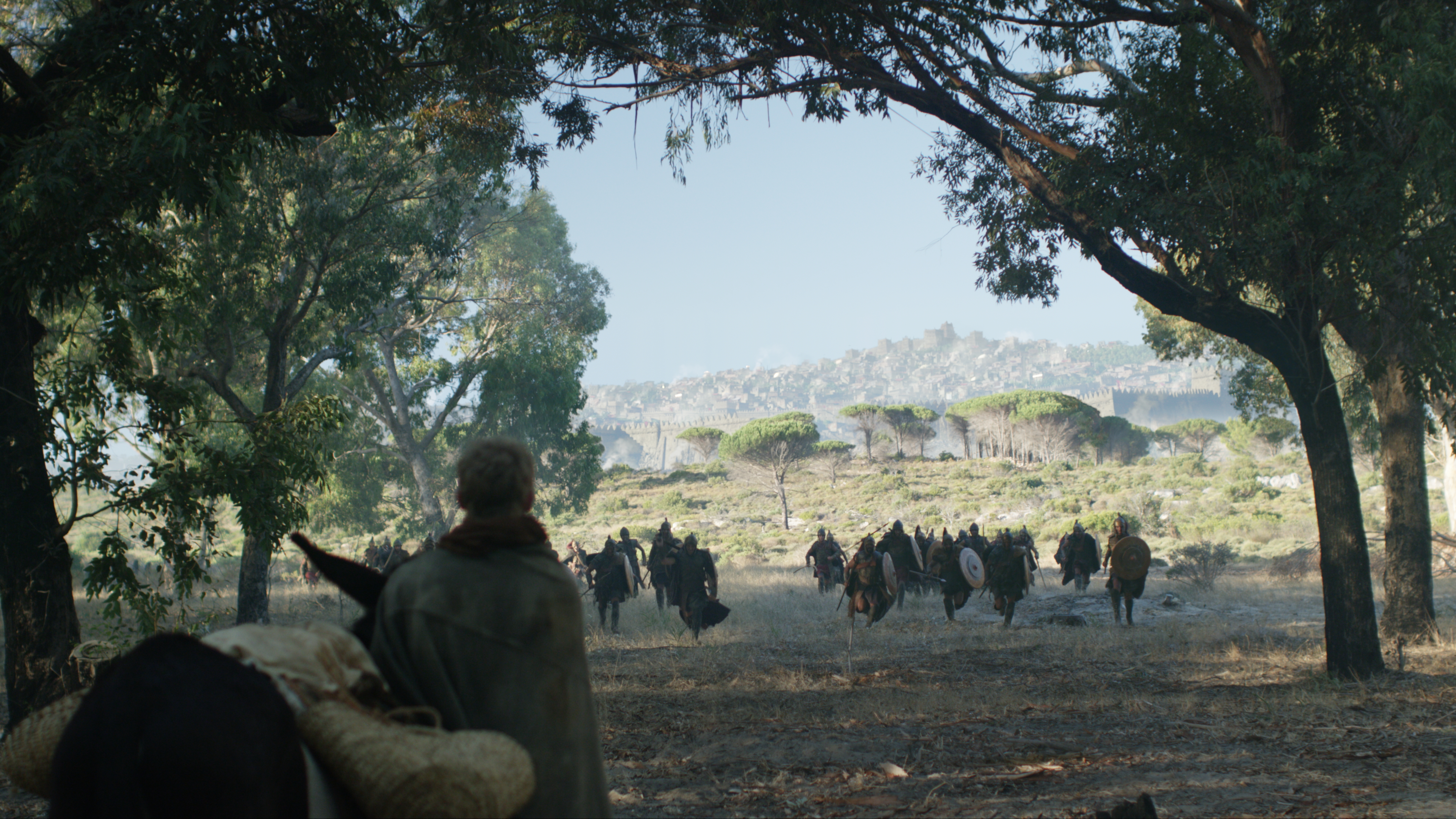
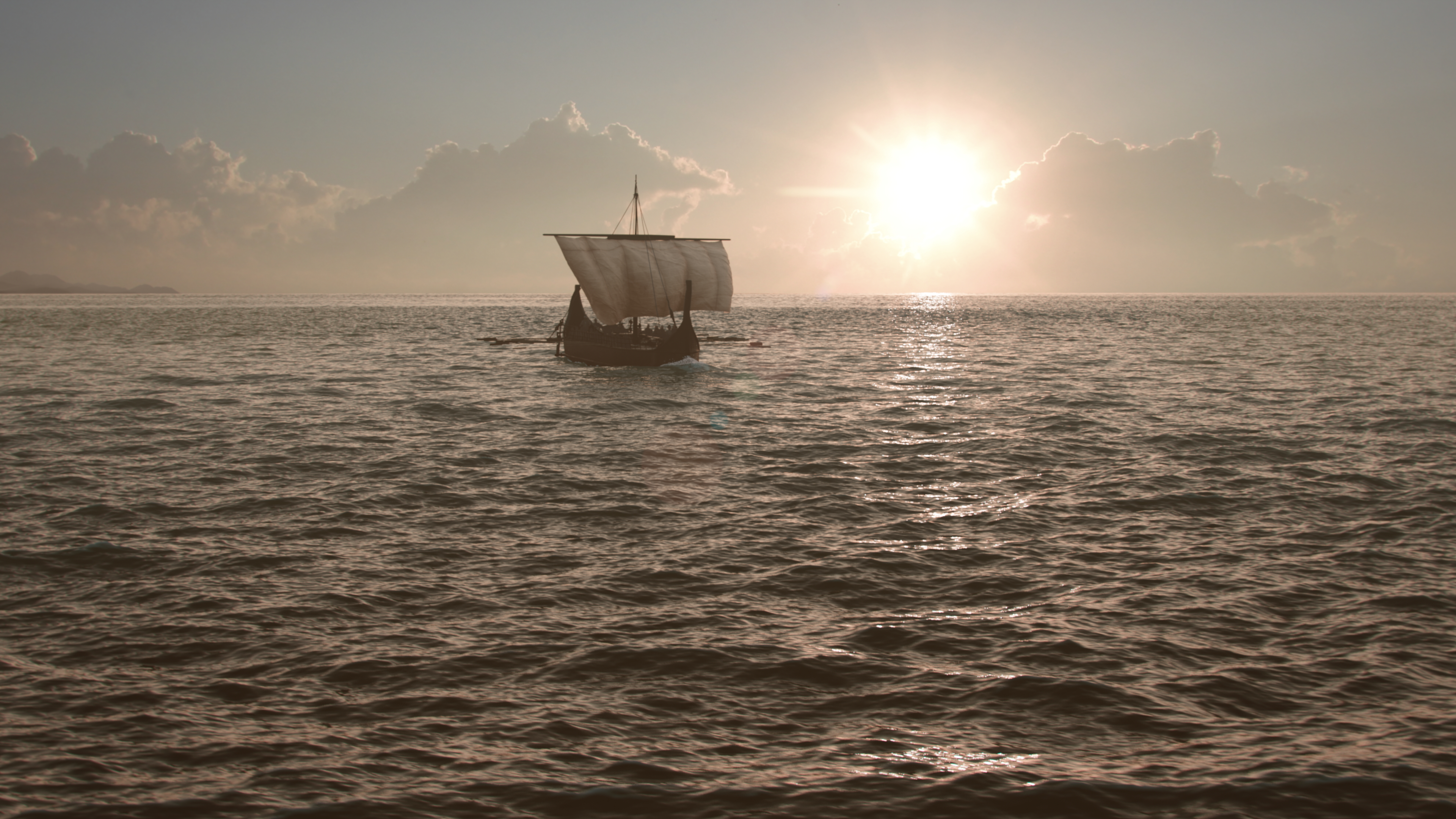
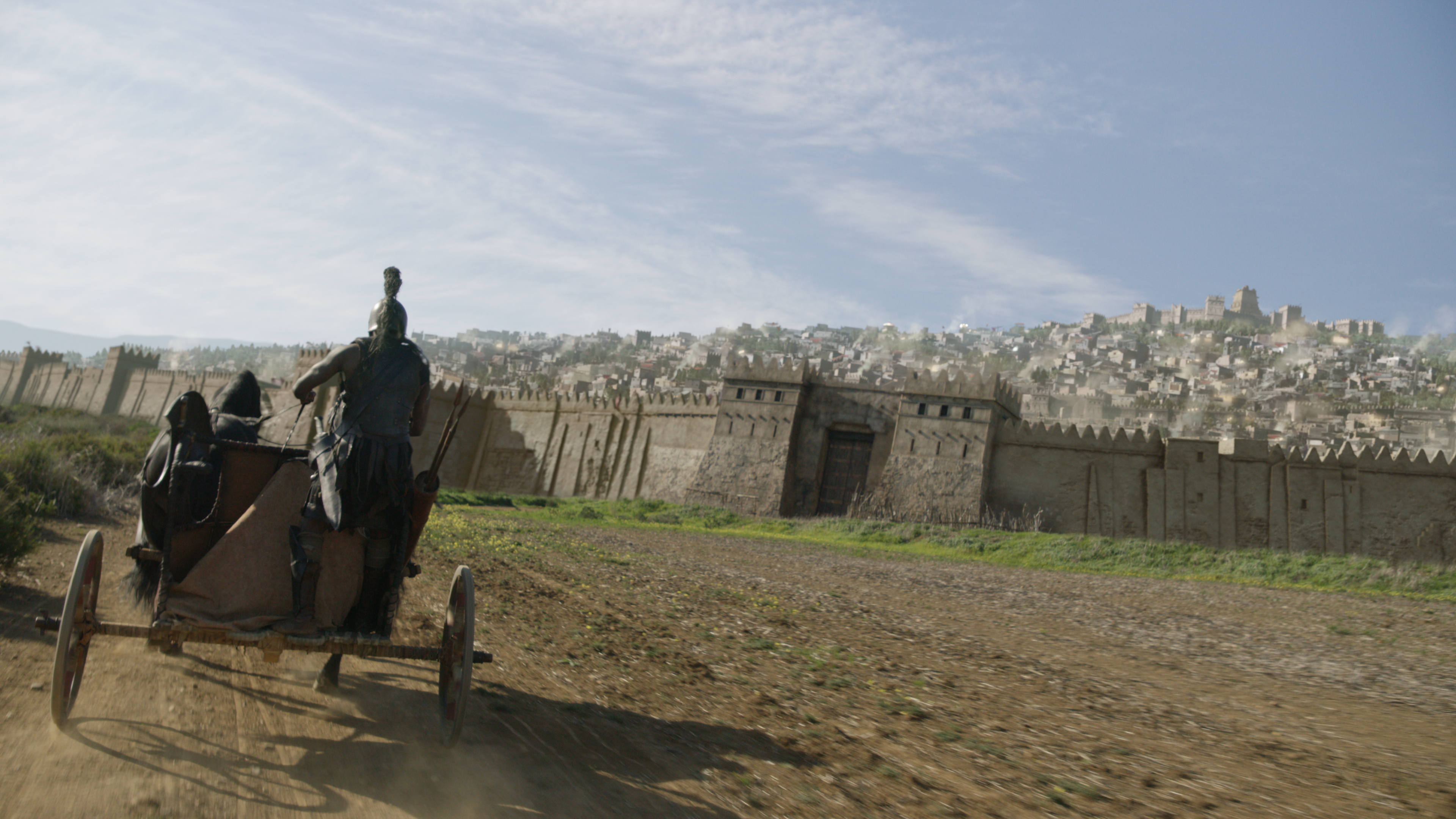
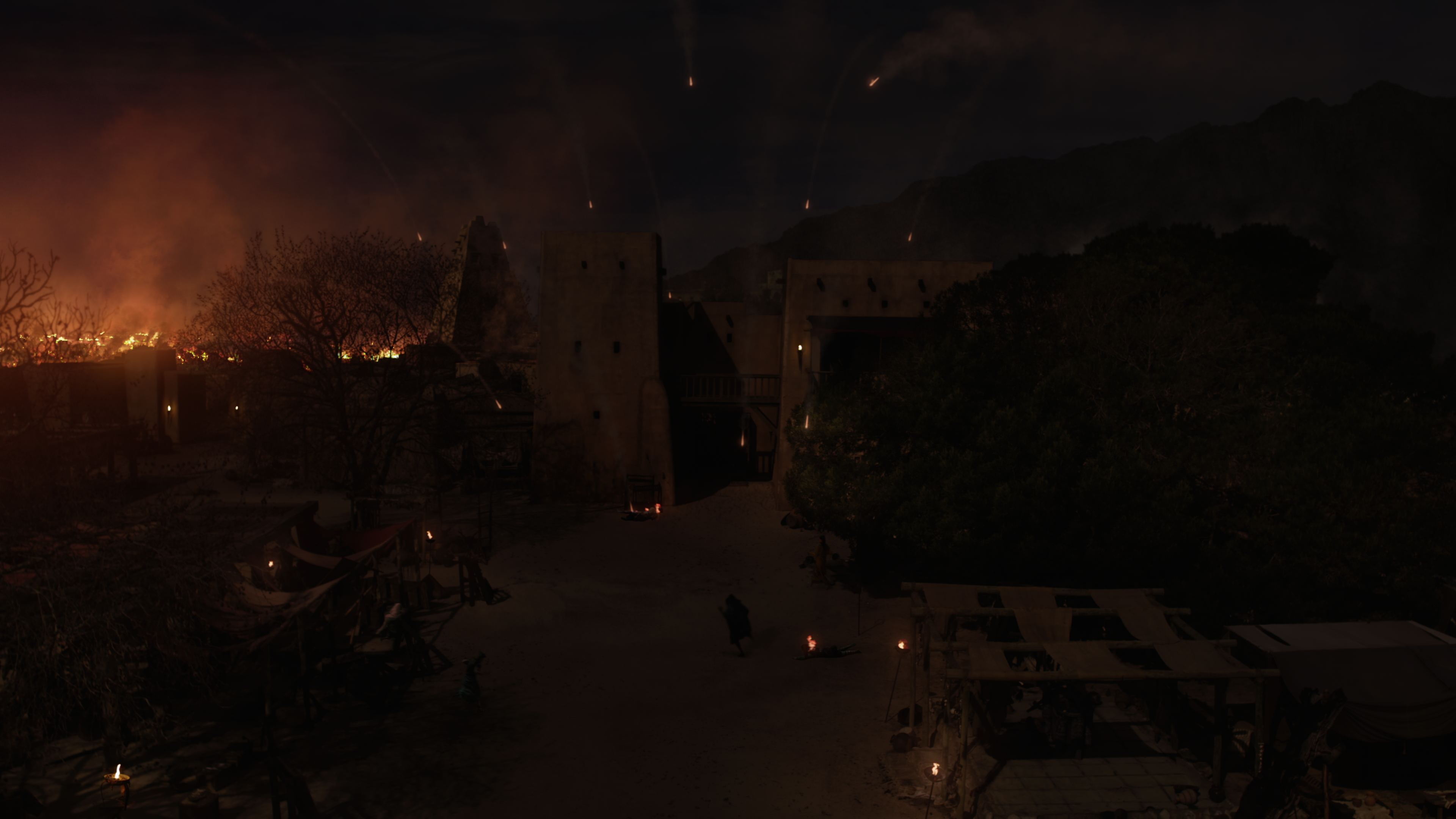
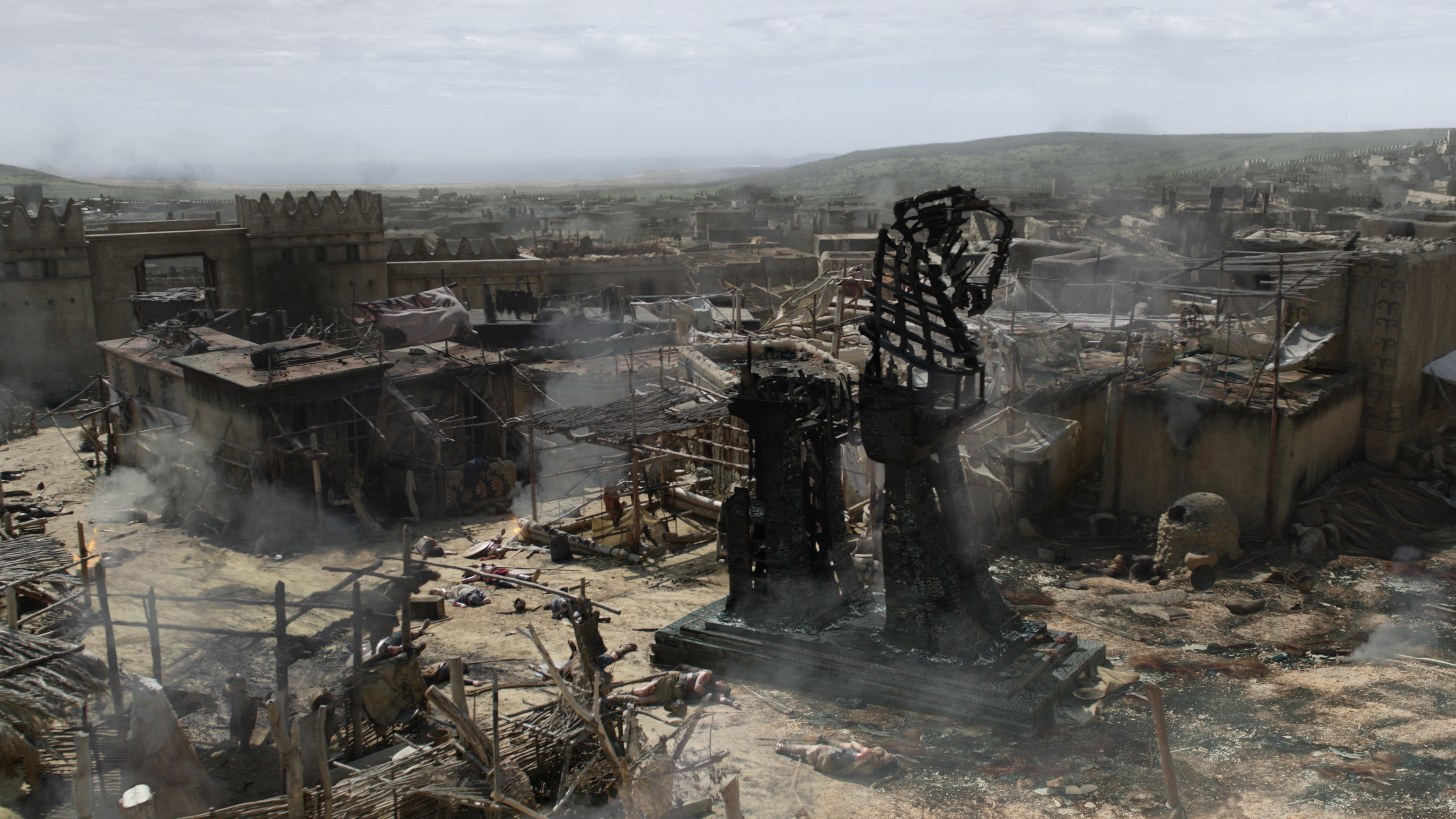
Credits
Director - Owen Harris, Mark Brozel, John Strickland Producer - Dianne Beatty, Barney Reisz, Robert How Writer - Joe Barton, David Farr, Mika Watkins VFX Supervisor - Adam McInnes VFX Producer - Gillian Mackie
Date
August 05, 2019
Category
TV DramaAbout This Project
Overview
WINNER OF THE 2019 BAFTA CRAFT AWARDS – Special, Visual & Graphic Effects
Produced by Wild Mercury in association with Kudos, Troy: Fall Of A City was commissioned by BBC One and is a co-production between the BBC and Netflix.
As principle vendor, Lola completed almost 400 4K VFX shots on this epic series. Shot on location in South Africa and retelling the story of the Trojan Wars, the project threw up some interesting challenges for Lola’s team of artists.
VFX Supervisor Adam McInnes commissioned Lola to build the ancient city of Troy, and create many other effects including an invading fleet, clashing armies, CG sea plates, crowds, fire and blood effects across eight episodes.
The city itself features throughout the series and appears at various times of day and night and (spoiler alert) is burnt to the ground at the end, so it was decided that it should be built as a CG model to ensure continuity between scenes. Individual CG walls and buildings were also used as the basis of digital matte paintings to extend the Troy set throughout the series.
Many of the shots of ships at sea or on the beach were filmed far from any water, so a CG sea was added, additional ships in the fleet were either CG models or replication plates with CG sails and rigging. The water simulations were so successful some shots were entirely created in CG.
A scene of two massive armies clashing outside Troy was created from around 20 different passes, most of the soldiers and horses individually rotoscoped as green screen was impractical for anything except the groups closest to camera.
Much of the work involved ‘invisible’ effects – adding or extending the city into dramatic scenes, altering the landscape, enhancing fires, arrows – even the weather.
Rob Harvey oversaw the project with Head of Production Rebecca Kelly. Tim Zaccheo headed the 3D team, Max Wright and Joe Cork supervised the large team of Nuke artists. VFX editor Tom Fidler assisted by Michal Golebiowski kept the shots in order.



